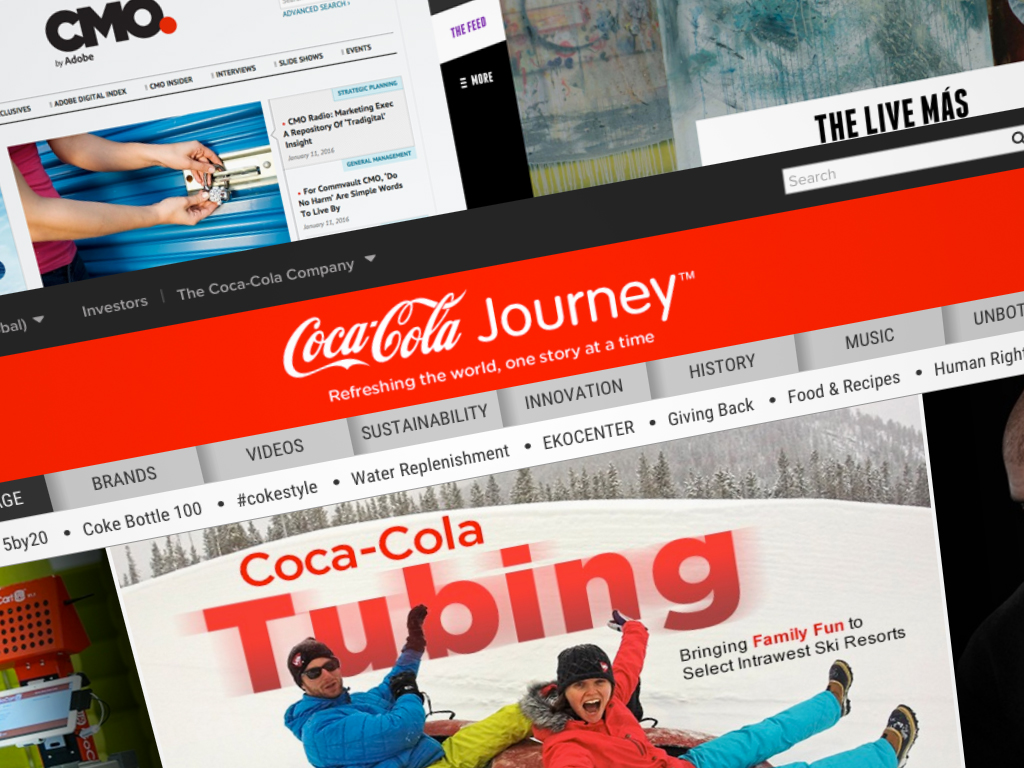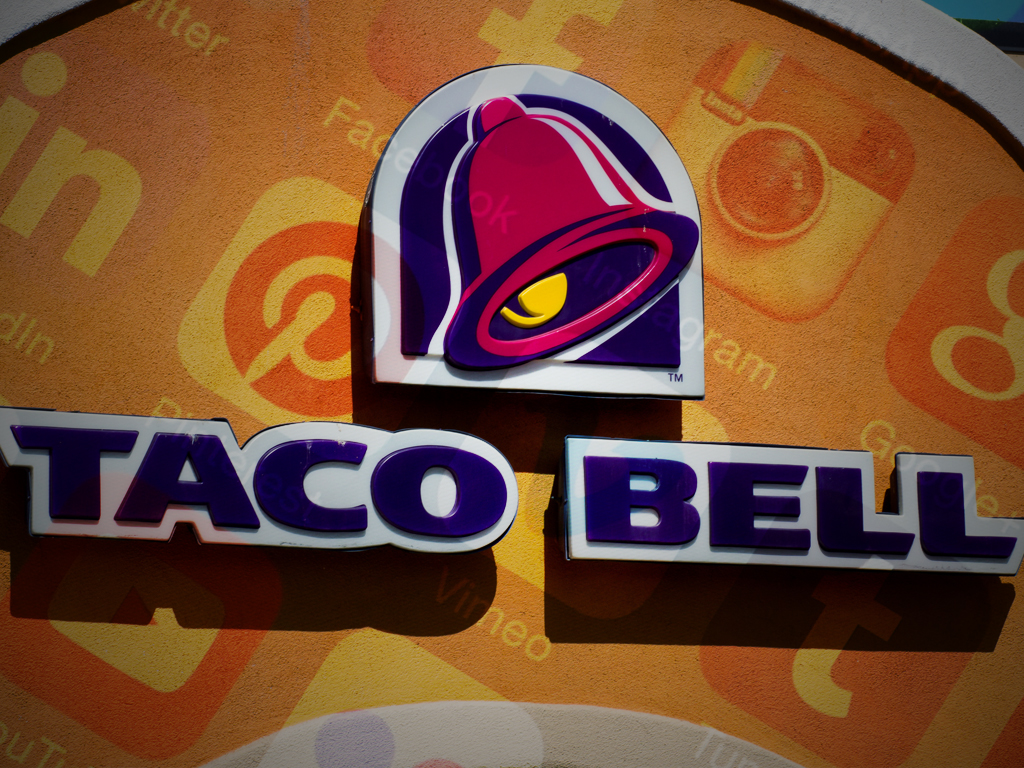Taco Bell’s much-talked-about new app and promotion strategy has garnered quite a bit of attention for a brand that seems to have an uncanny knack for connecting with millennials. And it certainly isn’t content to rest on its laurels. Calling its new app, “the biggest disruption to the entire industry since the drive-thru,” the brand shares some lessons derived from its experience in developing and launching the app.
Taco Bell says it is the first quick service chain to launch a mobile ordering and payment app for drive-thru and dining room orders and, in typical Taco Bell fashion, it has managed to do so in the coolest way possible, causing a sensation throughout media and social.
Taco Bell says the new app, which is available in the App Store and on Google Play, has features that go beyond mobile ordering to “bring a new Taco Bell experience to fans.”
That’s in part because for the first time, consumers can view and select from every available ingredient to customize an order like never before, which yields “millions of menu options,” Taco Bell says.
Customers can also pay securely and pick up orders through drive-thrus or separate lines within the stores.
“Consumers demand a deeper relationship and a more connected relationship and they are always on,” said Jeff Jenkins, director of digital experience and new concepts at Taco Bell. “They want the ability to access brands whenever they want. With mobile, we saw an opportunity to connect, especially to our passionate fan base that wants to take it to the next level, which we are able to provide through mobile.”
So, after working on this app for two years, what lessons can marketers glean from Taco Bell?
Lesson 1: Offer Cool Features
Taco Bell says it is the first business to offer a patent-pending feature called “Rotate to Reorder,” which “makes reordering customized favorites as easy as a flick of the wrist.”
Per Jenkins, another interesting feature is the ability to send e‑gifts via the app.
“I think in a lot of ways, we’re creating our own currency for Taco Bell consumers to exchange,” he said.
The result is a “simple, elegant solution” that allows customers to easily send money to friends via email or text.
“We put a lot of time and effort to make sure it was not a clunky experience,” Jenkins said. “It opens a link and you click and add money. It’s a very graceful experience.”
These features are also highlighted in a mobile demo video.
Lesson 2: Be Unique
Jenkins said the brand “didn’t want to use the tool everyone else is using and have it look like an off-the-shelf solution that we slapped our logo on.”
Instead, the brand strives for a mobile experience that is “uniquely Taco Bell and a fully customized solution.”
And Jenkins said the result is an app that looks and feels like Taco Bell and has been well-received by fans. After launching on October 28, it has thousands of reviews with an average of 4+ out of 5 stars and was in the Top 20 apps in the App Store in the first 24 hours, Jenkins said.
Fans have also captured themselves using the app in real life and Jenkins said “it’s fun to watch how they’ve been blown away with a new way to interact with the brand.”
Lesson 3: Make It Beautiful
Jenkins said it all starts with design, particularly the user interface, which includes large, attractive images.
“Food naturally is eating with the eyes,” Jenkins said. “We’ve seen that with camera phones – you whip out your camera at a nice place and share an image [of what you’re eating]. We wanted to connect the dots between that behavior and our ordering app. You see images on the menu as if they were taken by consumers sitting next to you.”
In fact, Jenkins said, “tons of people” are posting images of the app itself on Instagram.
Lesson 4: Listen
According to Jenkins, the key to connecting to well with consumers is listening.
He said the brand’s social, digital and PR teams huddle together each day to make sure they understand not only what’s going on in Taco Bell’s universe, but also the larger pop culture landscape, including trends, as they attempt to get a grasp on what resonates with Taco Bell consumers.
“Just because it’s trending, doesn’t mean it’s relevant to our consumers,” Jenkins said. “How do we reflect culture, shape culture, stems from listening.”
In addition, Jenkins said the brand has younger team members who help keep older executives relevant by sending out Millennial words of the week so all employees can keep up with slang and how to use it.
Lesson 5: Consumers Don’t Always Know Exactly What They Want
“We’re listening to where the problems are and creating solutions that [consumers] couldn’t have even imagined,” Jenkins said. “Things like menu board anxiety and feeling rushed in the line or not knowing all of the options because there’s finite space on menu boards and we can’t list every ingredient.”
The result: the brand created a mobile experience that deals with these issues and includes customizable menu items and the ability to browse the menu at a more leisurely pace and pick up orders whenever the customer is ready.
Lesson 6: Never Stop Surprising Customers
Even Taco Bell’s social promotion of the app, which is really more like no promotion, has equally caused a sensation.
Taco Bell’s social media blackout, in which its Twitter, Facebook, Tumblr and Instagram pages went “dark,” was done to showcase “the new way to Taco Bell is #onlyintheapp,” the brand says.
“While silent, each social media platform, as well as tacobell.com, will provide only a disruptive message and link to download the new app — with all previous content removed,” the brand said in a release.
Jenkins said the brand has previously done some “amazing social campaigns” and has had “amazing conversations,” but, this time, thought, “What if in creating a new conversation, there was no conversation? What if we focused all of our attention on the app?”
This is in part because “we believe internally [that this app] is the biggest disruption to the entire industry since the drive-thru,” Jenkins said. As a result, for the launch, every other channel directs back to the app. When asked if the brand has plans to bring back its tweets, Facebook content and the like or if it is gone forever, Jenkins said, “We can’t stay away from it long. Stay tuned…We try to never stop surprising customers. In mobile and social, it’s always surprise and delight to keep them interested and make sure we’re connecting.”
Taco Bell says its new app reinforces its “commitment to be even better and more relevant for customers, operators and Team Members” and “supports the brand’s commitment to reach its goal to double revenue to $14 billion and add 2,000 locations over the next eight years by providing customers another way to access Taco Bell.”
Taco Bell is a subsidiary of Yum! Brands Inc.


